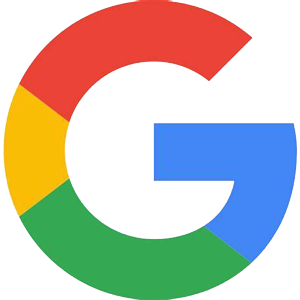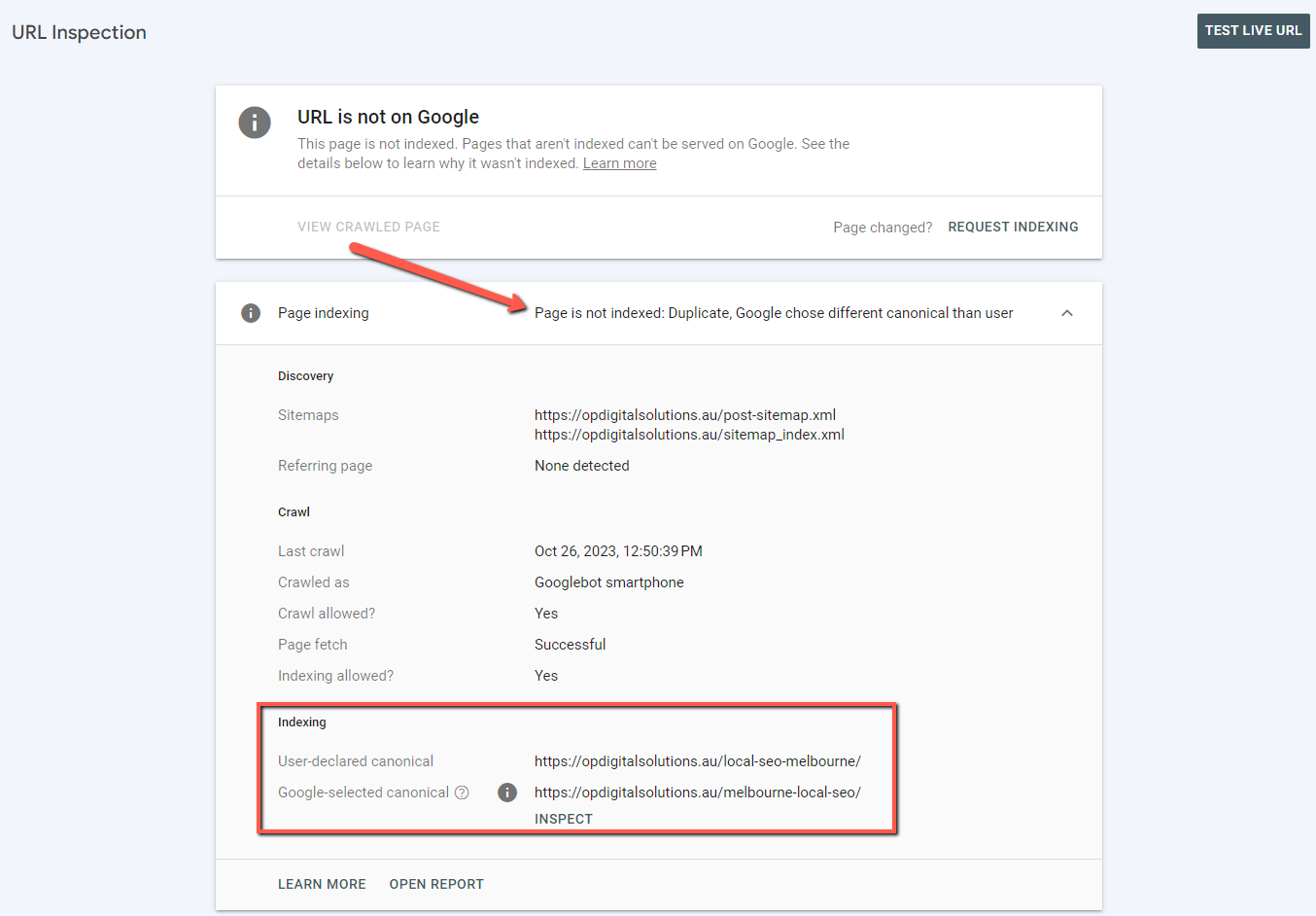Canonical tags are a fundamental aspect of on-page SEO optimisation. They play an important role in helping search engines like Google understand your website’s content structure, indexing, and ranking. But what are canonical tags, and why are they so crucial in creating a healthy web presence and optimising Google indexing?
As expert digital marketing consultants in Melbourne, let’s provide you with some of the most important things to know about canonical tags, exploring what they are, the potential errors associated with them, how to troubleshoot and rectify these errors, and why grasping the nuances of canonical tags can make a significant impact on your website’s search engine rankings.
What Are Canonical Tags?
Canonical tags, often referred to as “rel=canonical” or “canonical link elements,” are HTML tags embedded in the head section of a webpage. These tags serve a specific purpose: they tell search engines which version of a page should be considered the authoritative source or the original content, especially when there are multiple versions of similar content.
Imagine a scenario where you have several pages with content that is almost identical but with slight variations, such as URLs with tracking parameters, print versions of pages, or duplicate content for mobile and desktop. Without canonical tags, search engines might get confused about which page to index and rank. This is where canonical tags step in to provide a clear directive.
The Importance of Canonical Tags in Making Healthy Pages
Canonical tags are instrumental in creating a healthy and well-organised website. They help ensure that your pages are indexed correctly, avoiding issues like duplicate content penalties, which can negatively impact your search engine rankings.
Here are some key reasons why canonical tags are essential:
Preventing Duplicate Content Issues
Duplicate content can lead to confusion for search engines, as they won’t know which version to index or rank. Canonical tags allow you to specify the preferred version, reducing the risk of duplicate content penalties.
Read more about – The Negative Impact of Plagiarised Website Content
Optimising Crawl Budget
Search engines allocate a limited budget for crawling your website. When multiple versions of the same content exist, it can waste this budget by crawling similar pages. Canonical tags guide search engine bots to focus on the canonical version, optimising the crawl budget.
Read more about How to Optimise Crawl Budget for SEO Success
Consolidating Page Authority
In the absence of canonical tags, link equity might get distributed among multiple versions of a page. By specifying a canonical version, you can concentrate the link authority onto one page, boosting its SEO potential.
Improving User Experience
Canonical tags can indirectly improve user experience by ensuring that users find the most relevant and authoritative content, rather than encountering similar content on different URLs.
Common Canonical Errors and How to Troubleshoot Them
While canonical tags are incredibly useful, they can sometimes lead to errors if not implemented correctly. Here are some of the most common canonical errors, why they occur, and how to troubleshoot and fix them.
1. Incorrect Implementation of Canonical Tags
Error: One common mistake is using incorrect or incomplete URLs in the canonical tag. This can lead to search engines misinterpreting your intent, potentially causing indexing and ranking issues.
Troubleshooting: Ensure that the URL specified in the canonical tag accurately represents the preferred version of the page. Check for typos, missing characters, or any other discrepancies.
2. Self-Referencing Canonical Tags
Error: Another common issue is self-referencing canonical tags, where a page’s canonical tag points to itself. This creates a loop, confusing search engines.
Troubleshooting: Carefully review the canonical tags on your pages to ensure they do not self-reference. Remove any instances where a page’s canonical tag points to its URL.
3. Inconsistent Canonical Tags on Duplicate Pages
Error: When multiple duplicate pages have different canonical tags or none at all, it can create inconsistencies, leading to search engine confusion.
Troubleshooting: Ensure that identical or very similar pages have consistent canonical tags pointing to the same preferred version. This helps in streamlining the indexing process.
Tools to Check and Fix Canonical Errors
Detecting and rectifying canonical errors is essential for maintaining a healthy website. Fortunately, several tools can assist in this process:
Google Search Console: Google’s own Search Console provides insights into canonicalization issues. It alerts webmasters about pages with missing or conflicting canonical tags.
Screaming Frog SEO Spider: This SEO auditing tool can crawl your website and identify canonicalization problems. It’s especially helpful for larger websites with numerous pages.
Site Audit Tools: Many SEO platforms, like Moz and SEMrush, offer site audit features that can help identify canonical issues and provide recommendations for fixing them.
Custom Scripts: For more advanced users, custom scripts and coding can be employed to check and manage canonical tags. This approach is particularly useful for larger websites with complex structures.
The Impact of Canonical Errors on Search Engine Rankings
Canonical errors can have a huge impact on your website’s search engine rankings. Here’s how:
Duplicate Content Penalties: If canonical tags are not used correctly, search engines may treat similar pages as duplicate content, potentially resulting in penalties or a reduced ranking.
Crawl Budget Misallocation: Inconsistent or incorrect canonical tags can cause search engines to allocate their crawl budget inefficiently. As a result, important pages might not get crawled as frequently, affecting their indexing and ranking.
Link Equity Dilution: Without proper canonical tags, the link equity your pages accumulate may not be consolidated into the preferred version. This dilution can weaken the SEO potential of your most important pages.
Confused User Experience: Users may find it challenging to navigate your website if they encounter multiple pages with similar content. This can lead to increased bounce rates and decreased user engagement.
The Importance of Understanding Canonical Tags
In the ever-evolving world of SEO, understanding canonical tags is crucial. By grasping the significance of canonicalization, you can not only prevent errors but also strategically optimise your website for search engine visibility and user experience. Here are a few key takeaways:
Efficient Indexing and Ranking: Properly implemented canonical tags ensure that search engines index and rank your preferred pages accurately, leading to better visibility in search results.
Optimised Crawl Budget: Canonical tags help search engines use their crawl budget efficiently, allowing them to discover and index more of your valuable content.
Improved User Experience: By guiding users to the most relevant content, canonical tags enhance the overall user experience, potentially increasing user engagement and conversions.
Consolidated Link Equity: Correctly using canonical tags ensures that the link equity your website gains is concentrated on the pages that matter most, boosting their SEO performance.
Understanding how to use canonical tags correctly and troubleshoot errors can have a profound impact on your website’s search engine rankings, user experience, and overall online success. So, take the time to explore this critical aspect of SEO and ensure your website is on the right path to achieving its full potential in the digital landscape.
Hand Picked Articles














